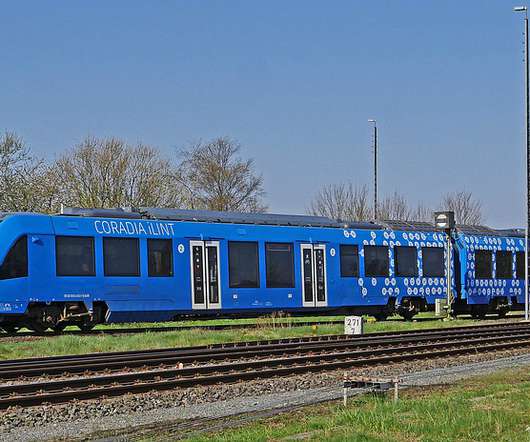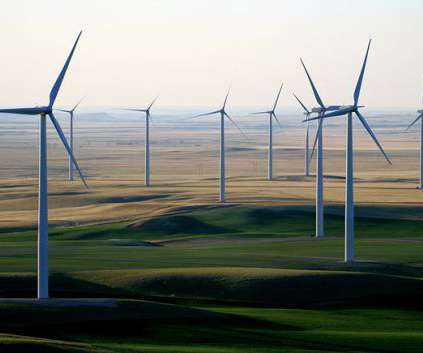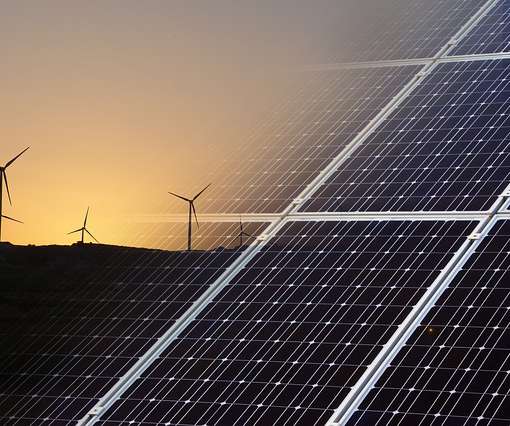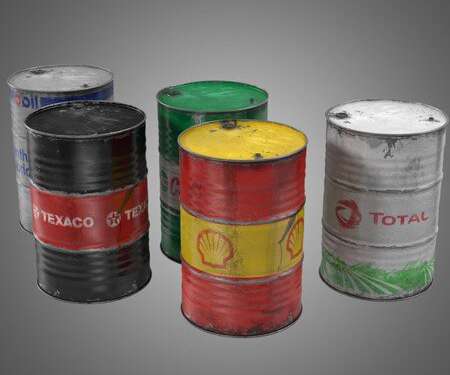Hydrogen as part of Canada’s energy transition
Clean Energy Canada
JULY 2, 2020
Currently, the majority of hydrogen around the world is produced from fossil fuels (76% from natural gas, 23% from coal). Hydrogen produced from renewable electricity (wind, solar, hydropower, tidal, etc.) Hydrogen from other non-emitting sources—such as nuclear power—does not currently have an established colour designation.















Let's personalize your content